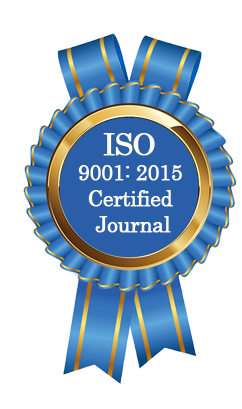| All | Since 2020 | |
| Citation | 105 | 60 |
| h-index | 4 | 4 |
| i10-index | 3 | 2 |
WJAHR Citation 
Login
News & Updation
Best Article Awards
World Journal of Advance Healthcare Research (WJAHR) is giving Best Article Award in every Issue for Best Article and Issue Certificate of Appreciation to the Authors to promote research activity of scholar.
Best Article of current issue
Download Article : Click here
Indexing
Abstract
CENTRAL OBESITY IS AN INDEPENDENT RISK FACTOR FOR ALBUMINURIA IN NONDIABETIC INDIAN SUBJECTS
Premshanker Singh*, Ritu Karoli and Shobhit Shakya
ABSTRACT
Indian have a high prevalence of central obesity. When the diagnosis of diabetes is made, they have a very high risk of developing renal failure. In the current study, we explored the hypothesis that central obesity is associated with the development of renal injury, before the manifestation of diabetes.We invited first-degree nondiabetic relatives of Indian type- 2 diabetic patients for investigation of microalbuminuria and diabetes. Subjects who used antihypertensive or antidiabetic medication were excluded. We performed a glucose tolerance test according to the classic World Health Organization criteria. A total of 410 subjects were normoglycemic; we excluded 50 subjects because of impaired glucose tolerance, and 60 subjects were excluded because of de novo diabetes. Central obesity was measured by waist-to-hip ratio (WHR). Albuminuria was measured as albumin-to-creatinine ratio (ACR) in the early-morning urine. Central obesity was independently related with albuminuria in the 410 normoglycemic subjects. We found no relation of fasting blood glucose or systolic blood pressure with albuminuria. Multivariate analysis for the presence of increased albuminuria (median ACR >0.31 mg/mmol) showed a relative risk of 4.1 for the highest versus the lowest tertile of WHR (P = 0.002).Central obesity is an early and independent risk factor for increased albuminuria in normoglycemic Indian subjects. This could explain the high incidence of diabetic renal disease in Indian population, probably by the mechanism of insulin resistance and endothelial dysfunction in the pre-diabetic state.
[Full Text Article] [Download Certificate]
